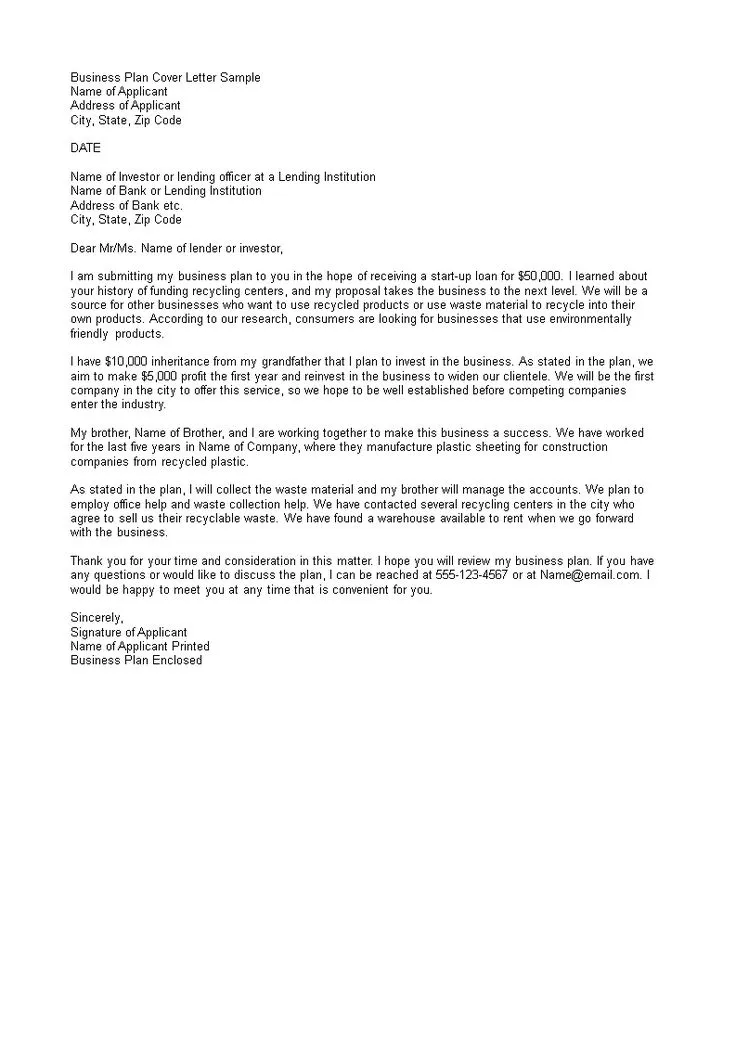Cover Letter Secrets
A cover letter is your first impression and can make or break your chances of getting an interview. It’s more than just a formality; it’s a chance to highlight your relevant skills, experiences, and enthusiasm for the business plan and the position. Crafting a compelling cover letter requires a strategic approach. You must capture the reader’s attention from the first sentence, demonstrating a clear understanding of the company’s needs and how your skills align with them. This is particularly crucial when presenting a business plan as it conveys professionalism and attention to detail. Remember, a well-written cover letter isn’t just about listing your qualifications; it’s about telling a story that compels the reader to want to know more and potentially consider your business plan with greater enthusiasm.
Highlight Your Value
The most crucial element is clearly articulating your value proposition. What specific skills, experiences, and achievements make you the best candidate for the role or the business plan? Don’t just list your responsibilities. Instead, focus on quantifiable results and demonstrate how you’ve contributed to previous successes. If you’ve increased sales, improved efficiency, or led successful projects, quantify these accomplishments to make your value immediately apparent. Tailor this section to the specific requirements mentioned in the job description or the needs of the business plan. Show the reader how you’re uniquely suited to contribute and make a significant impact. This shows the employer you are a perfect fit for the job and you understand their needs.
Tailor Your Letter
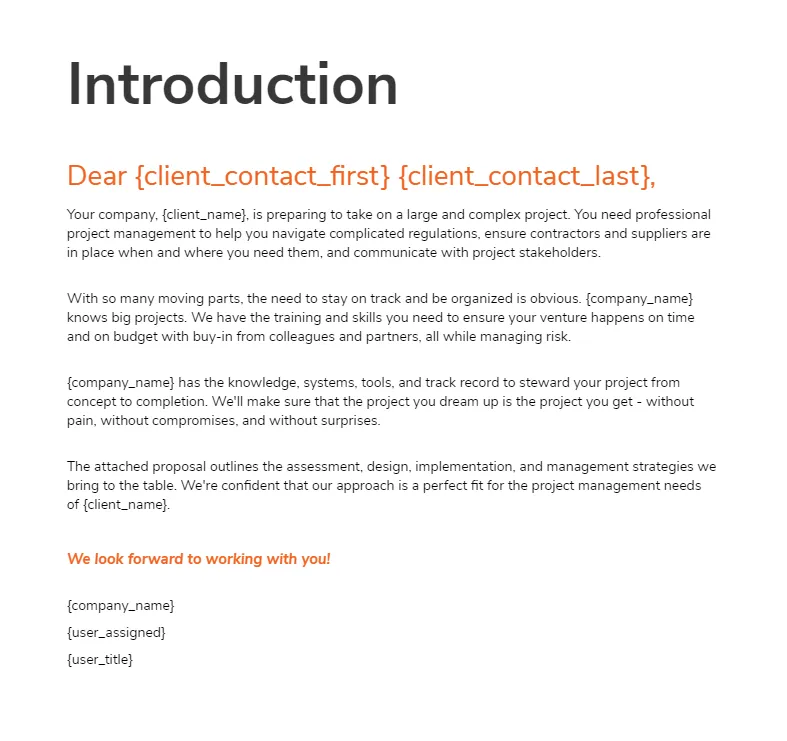
Generic cover letters are easily spotted and immediately discarded. Customize your cover letter to reflect the specifics of the job or the business plan. Research the company, understand their values, and address their particular needs. This personalization shows initiative and a genuine interest in the opportunity. Reference the company’s mission, recent projects, or challenges they may be facing, and explain how your skills and experience can help them succeed. Demonstrate that you’ve taken the time to understand what the employer is looking for and that you’re not just sending out a mass application. Customizing the cover letter can be a huge turning point for success.
Showcase Achievements
Instead of simply listing your job duties, use your cover letter to highlight your key achievements. Whenever possible, quantify your accomplishments using numbers and data. For instance, instead of saying ‘Managed social media campaigns,’ you could say ‘Increased social media engagement by 40% in six months.’ This approach provides concrete evidence of your capabilities and demonstrates the impact you can make. Relate these accomplishments directly to the requirements of the business plan and the role. Show how your past successes align with the goals of the company, making it clear that you’re a results-oriented candidate and can deliver the value they’re seeking. Highlighting your achievements adds a lot of value to your letter.
Use Keywords
Many employers use Applicant Tracking Systems (ATS) to scan cover letters and resumes for relevant keywords. Carefully review the job description or the business plan requirements and incorporate keywords naturally throughout your cover letter. This ensures that your application gets noticed by these systems. However, avoid keyword stuffing, which can make your letter sound unnatural. The goal is to integrate the keywords seamlessly within the context of your writing. Use a variety of keywords and phrases to demonstrate a comprehensive understanding of the business plan and the role. This will help your cover letter stand out and get noticed by the hiring manager.
Proofread Carefully
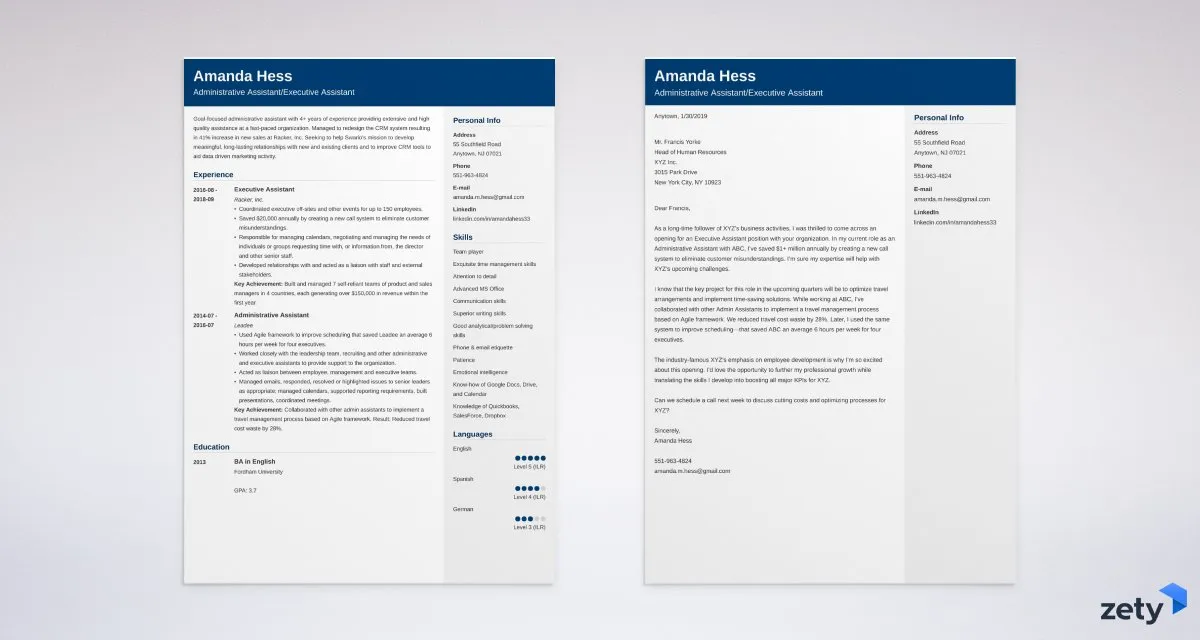
Typos and grammatical errors can undermine your credibility and demonstrate a lack of attention to detail. Proofread your cover letter multiple times, and consider using a grammar checker or asking someone else to review it. Ensure that the tone is professional, the language is clear and concise, and the formatting is consistent. Pay close attention to the details of your business plan, as any errors in the cover letter will reflect poorly on your attention to detail. The cover letter is a sample of your business plan, therefore, must be professional and accurate. Thorough proofreading is an essential step in ensuring your application is taken seriously and makes a positive impression.
Cover Letter Template
Formatting Basics
Formatting plays a crucial role in how your cover letter is perceived. Use a clear, professional font like Times New Roman, Arial, or Calibri. The font size should be between 10 and 12 points for easy readability. Maintain consistent margins (typically 1 inch on all sides) and use single spacing within paragraphs and double spacing between paragraphs. Use a standard business letter format, including your contact information, the date, the recipient’s information, a formal salutation (e.g., Dear Mr/Ms. Last Name), the body of the letter, a closing (e.g., Sincerely), and your typed name. Proper formatting is not just about aesthetics; it also makes your letter easy to read and demonstrates attention to detail.
Sections to Include
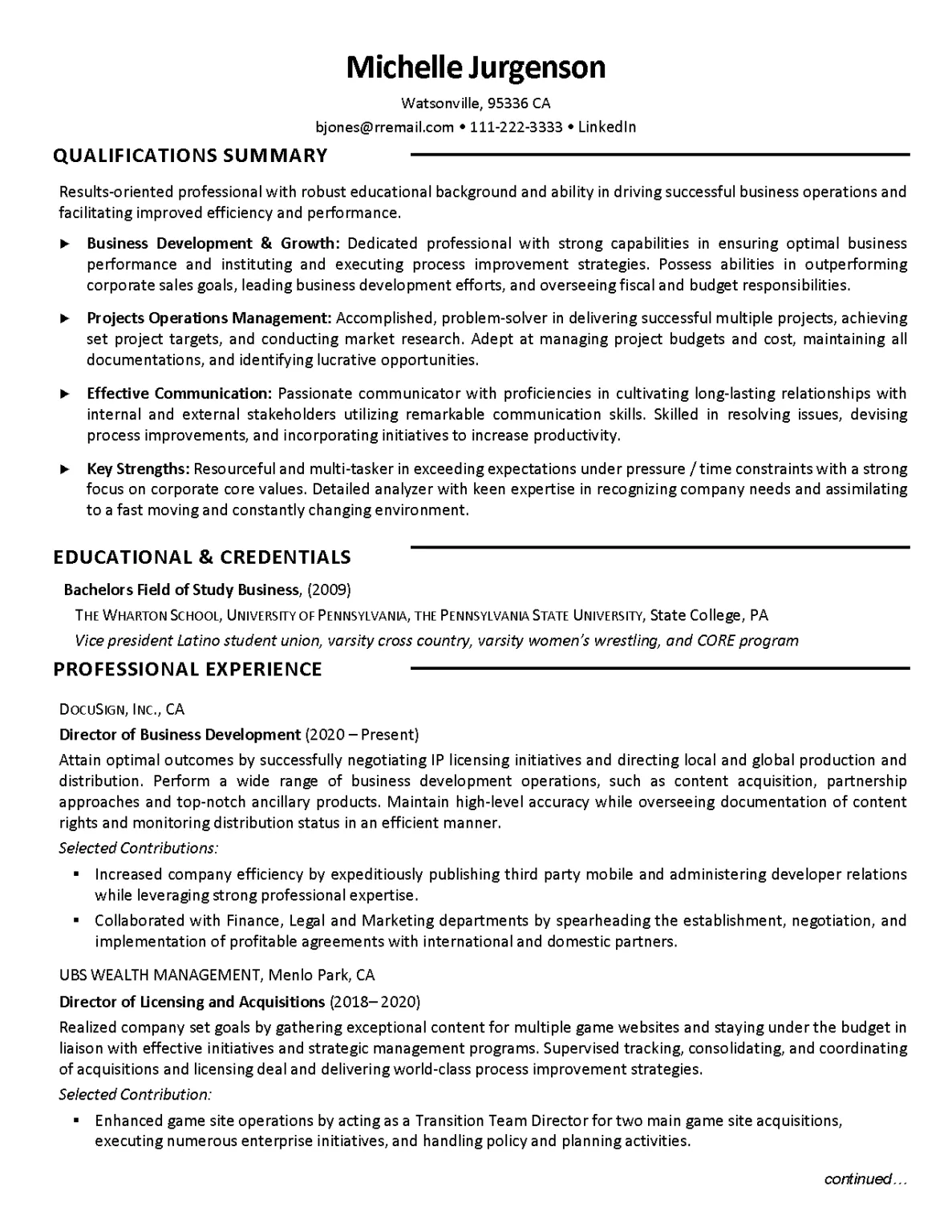
A standard cover letter typically includes these sections: Your contact information, the date, the recipient’s information (name, title, company, and address), the salutation, the body of the letter (introducing yourself, explaining your interest, highlighting your qualifications, and stating why you’re a good fit), and a closing with your signature. The body should be concise, divided into paragraphs that each address a specific point. The structure should be easy to follow, with a clear introduction, a body that showcases your skills and experience, and a conclusion that expresses your interest and call to action. Consider a well-organized structure for easy comprehension and create a great impression.
Writing Style
The tone of your cover letter should be professional and enthusiastic. Use clear, concise language, avoiding jargon and overly complex sentences. Maintain a positive and confident tone throughout your writing. Use active voice to make your writing more engaging and direct. For instance, instead of writing ‘The project was managed by me,’ write ‘I managed the project.’ This approach makes your writing more dynamic and emphasizes your role and accomplishments. Your writing style should reflect your personality, but always maintain a professional demeanor. A cover letter must be professional to make the best first impression.
Cover Letter Examples
Business Plan Cover Letter Sample
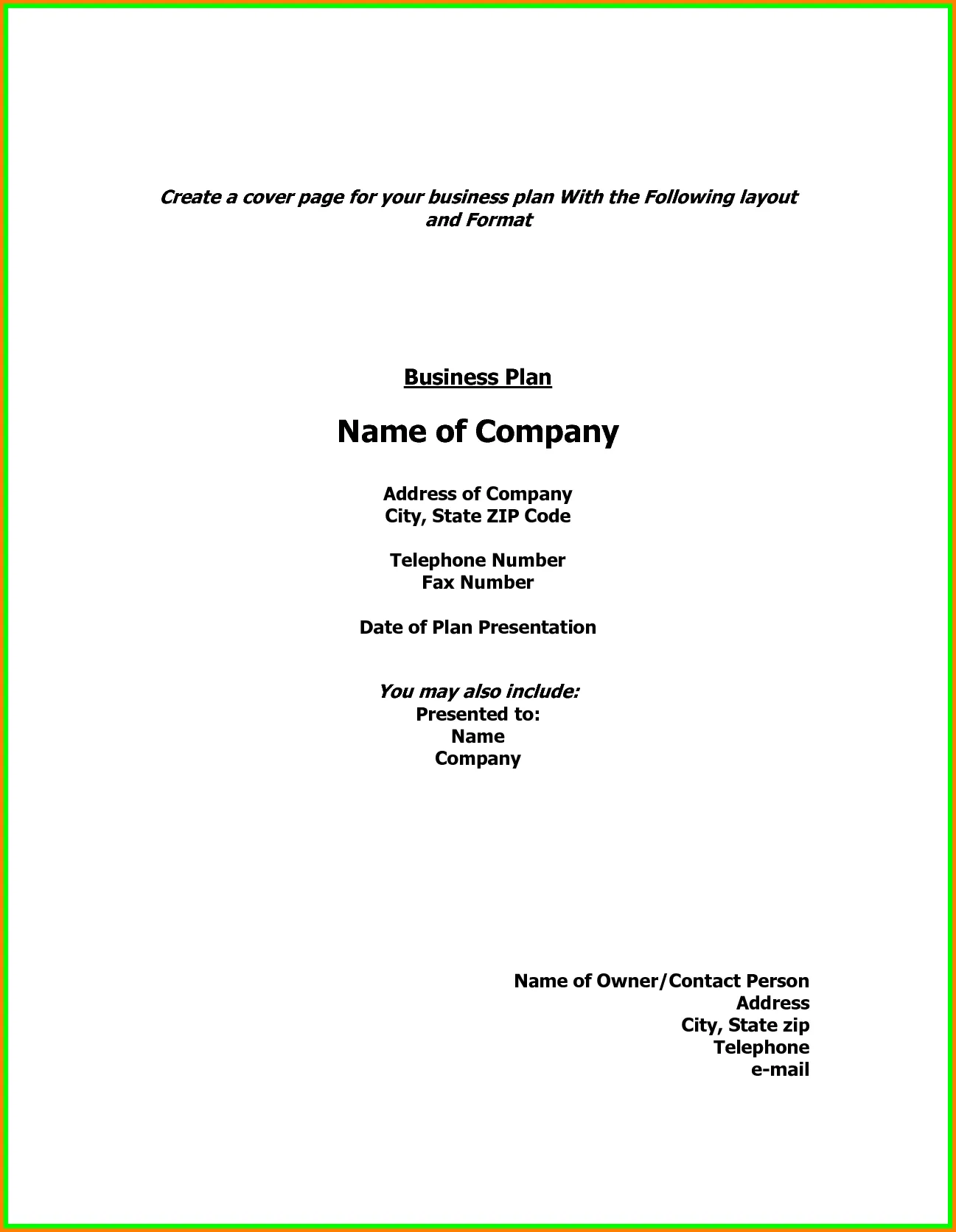
When presenting a business plan, your cover letter should be tailored to highlight key aspects of the plan. Start by clearly stating the purpose of the plan and your objective. Briefly summarize the problem your business solves, your proposed solution, and the market opportunity. Highlight any unique aspects of your business model or competitive advantages. Mention the funding you are seeking or the goals you aim to achieve with the plan. Showcase the expertise and the experience of your team. End by expressing your confidence in the business plan and inviting the reader to learn more. Remember the tone should be confident and enthusiastic, demonstrating the value of your business plan.
Cover Letter Mistakes
Generic Content
One of the most significant mistakes is using generic cover letters that are not tailored to the specific job or company. Employers can quickly spot a generic letter, which indicates a lack of interest and effort. Avoid phrases that could apply to any job or any company. Instead, write specifically about the role, the company, and how your skills and experience are a perfect fit. Conduct thorough research on the company, understand their needs, and reference their recent projects. Personalize your letter to show you’ve taken the time to understand the opportunity and that you are genuinely interested in the position.
Typos and Grammatical Errors
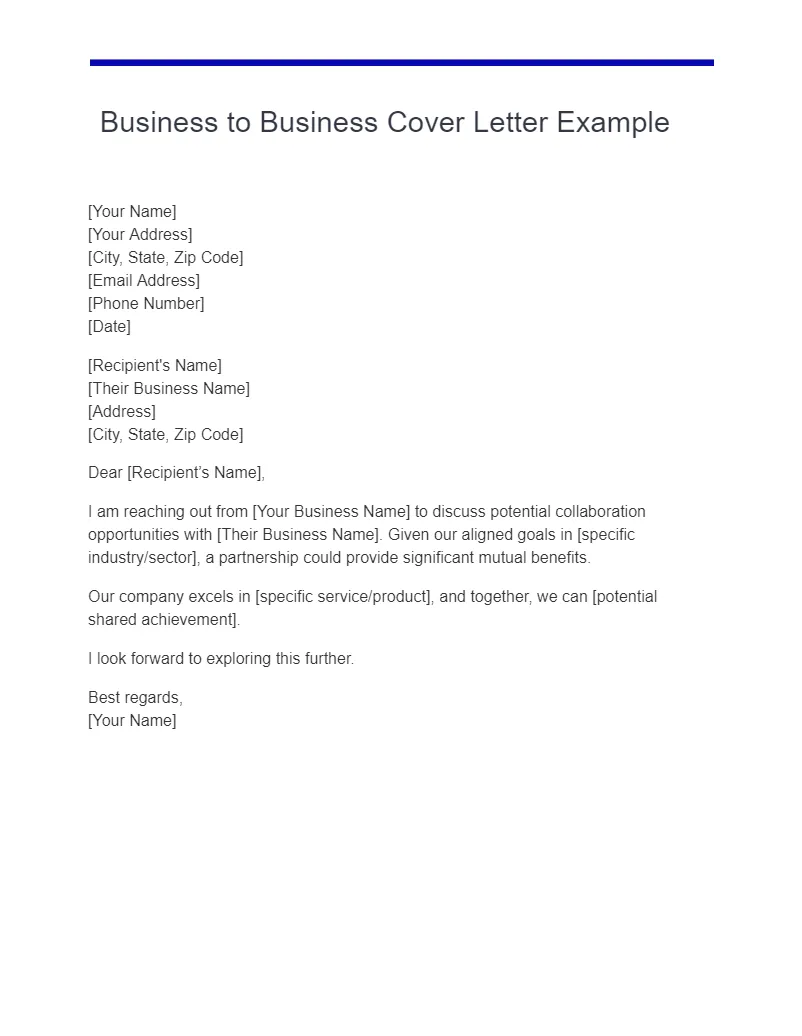
Typos and grammatical errors can severely damage your credibility. They suggest a lack of attention to detail and a lack of professionalism. Proofread your cover letter meticulously, and use spell-check and grammar-check tools. Even if you’re confident in your writing skills, ask a friend or family member to review your letter for any mistakes. The goal is to present a polished, error-free document that reflects your professionalism and attention to detail. Errors can make a bad first impression on the reader, so make sure that your letter is perfect.
Poor Formatting
Poor formatting can make your cover letter difficult to read and less appealing to the reader. Avoid using overly complex or unusual fonts, and stick to a clear, professional font like Arial or Times New Roman. Maintain consistent margins, spacing, and alignment throughout the document. Ensure that the text is easy on the eyes and that the formatting is consistent. Proper formatting shows that you pay attention to details and creates a positive impression on the employer. Poor formatting is distracting and makes it difficult to read the cover letter, so avoid it.
